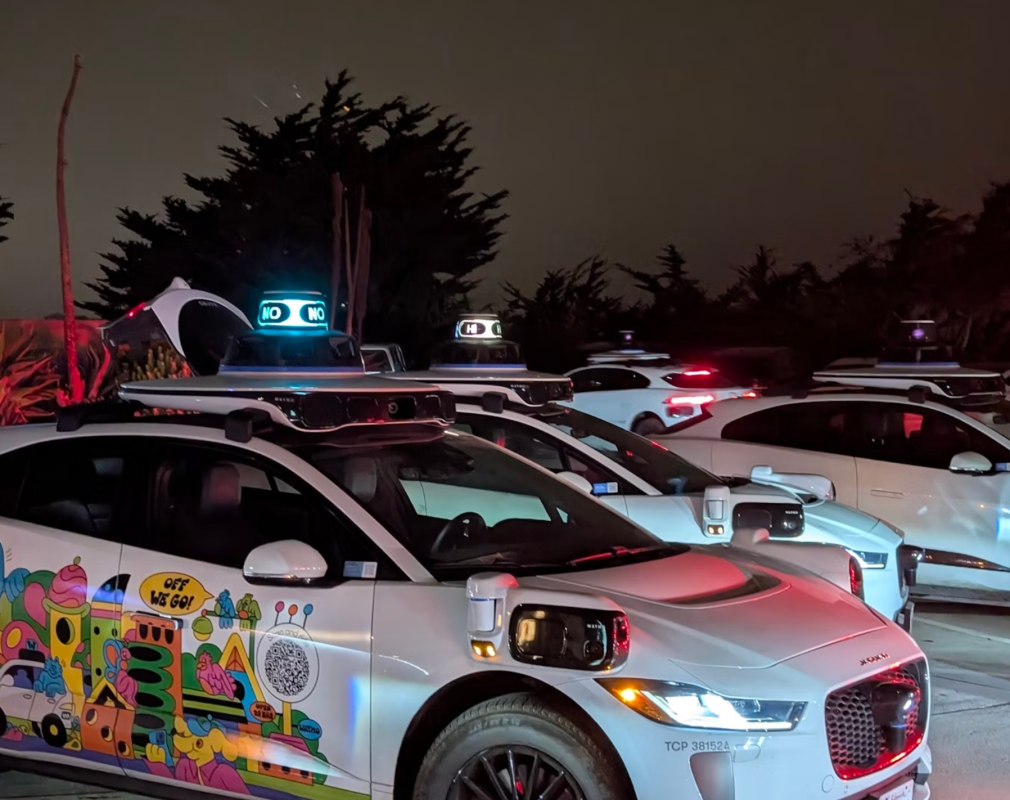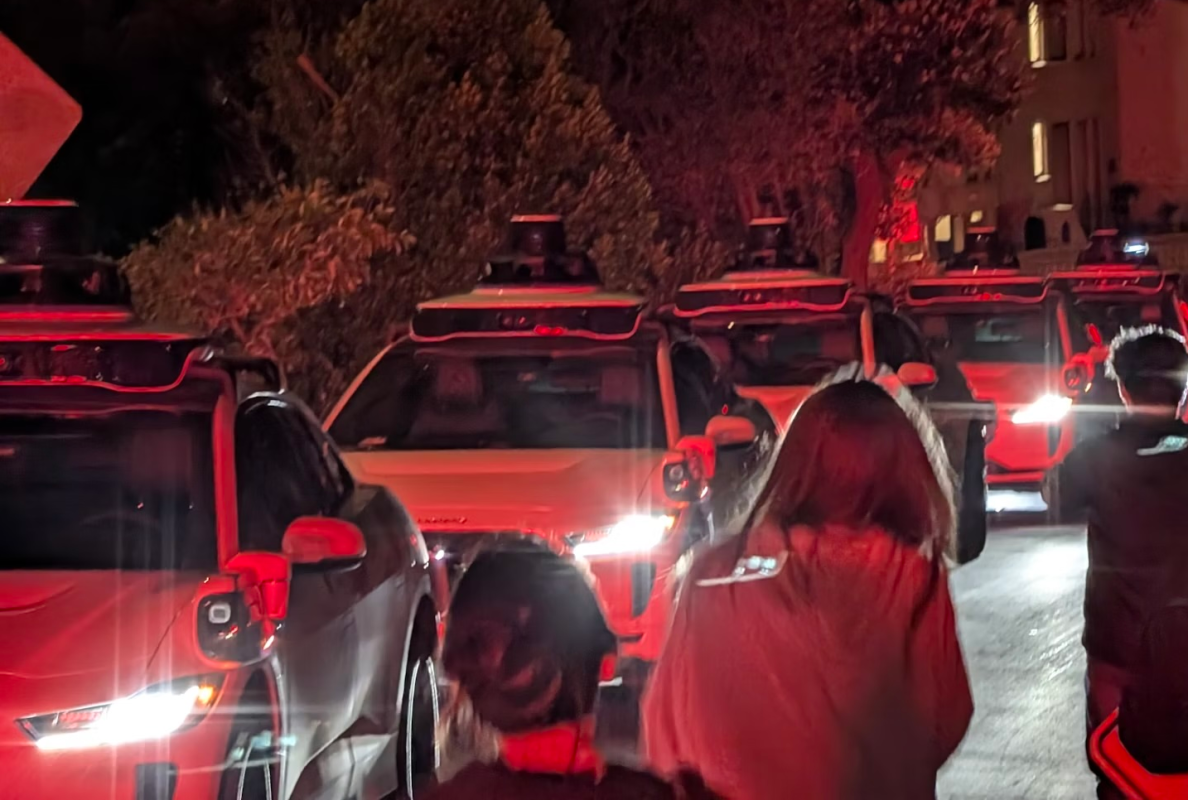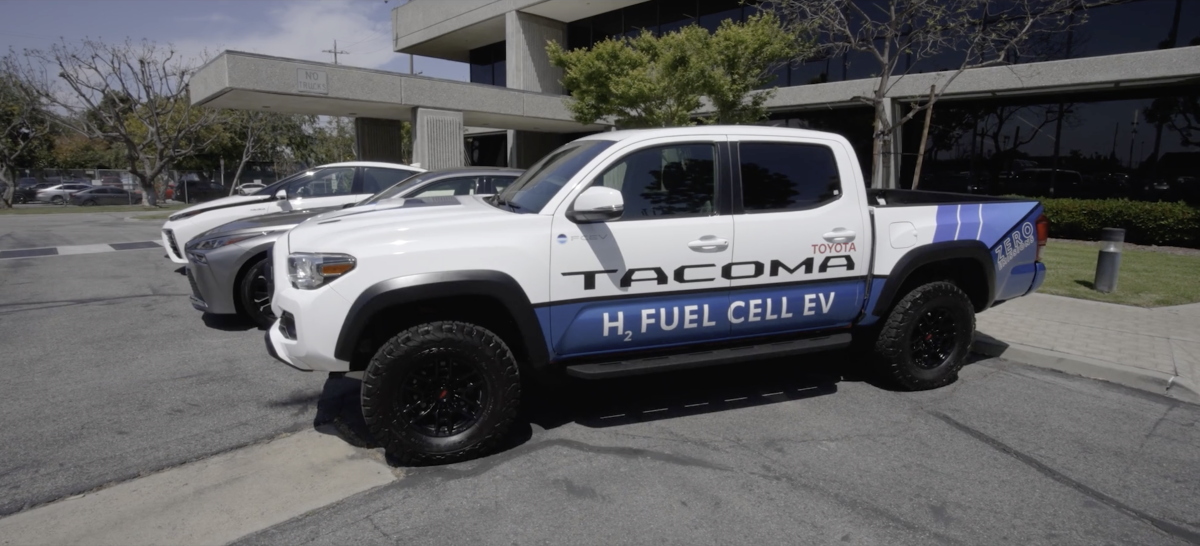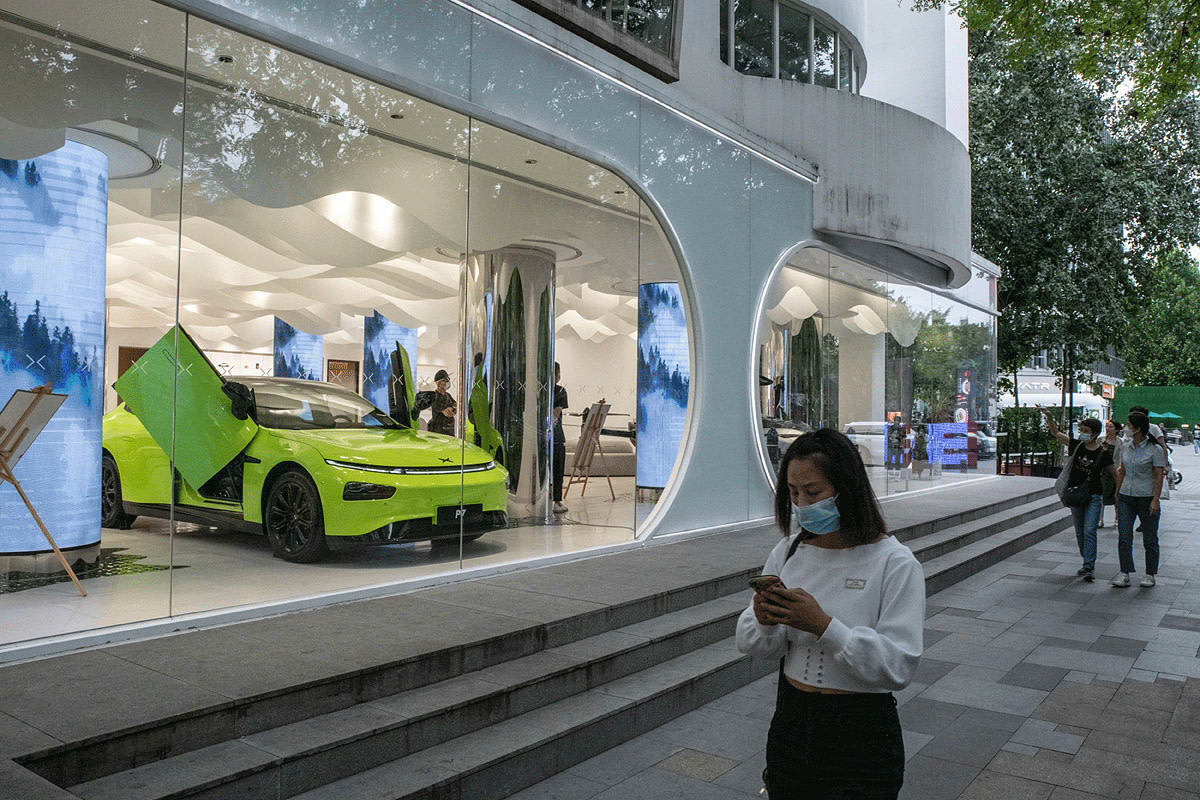https://www.autoblog.com/news/honda-makes-history-with-its-first-100-sustainable-jet-fuel-flight
Honda Aircraft Company has become the first manufacturer of twin-turbine very light business jets to successfully fly a HondaJet powered entirely by 100% Sustainable Aviation Fuel (SAF). The achievement marks an aviation milestone and highlights Honda’s continued push toward carbon neutrality across all transportation sectors.
The test flight, conducted in Greensboro, North Carolina, used GE-Honda HF120 engines, which were validated for full SAF operation without blending with conventional jet fuel. Until now, most business jet SAF demonstrations have used 50/50 blends. Honda’s ability to operate entirely on sustainable fuel represents a step forward for small aircraft efficiency and environmental performance.
Your browser does not support the video tag.
Honda said the flight proves SAF’s compatibility with smaller turbine platforms and underscores its potential to reduce lifecycle carbon emissions by up to 80% compared with fossil-based jet fuel. The company plans to continue collaboration with regulatory and engine partners to support future certification.
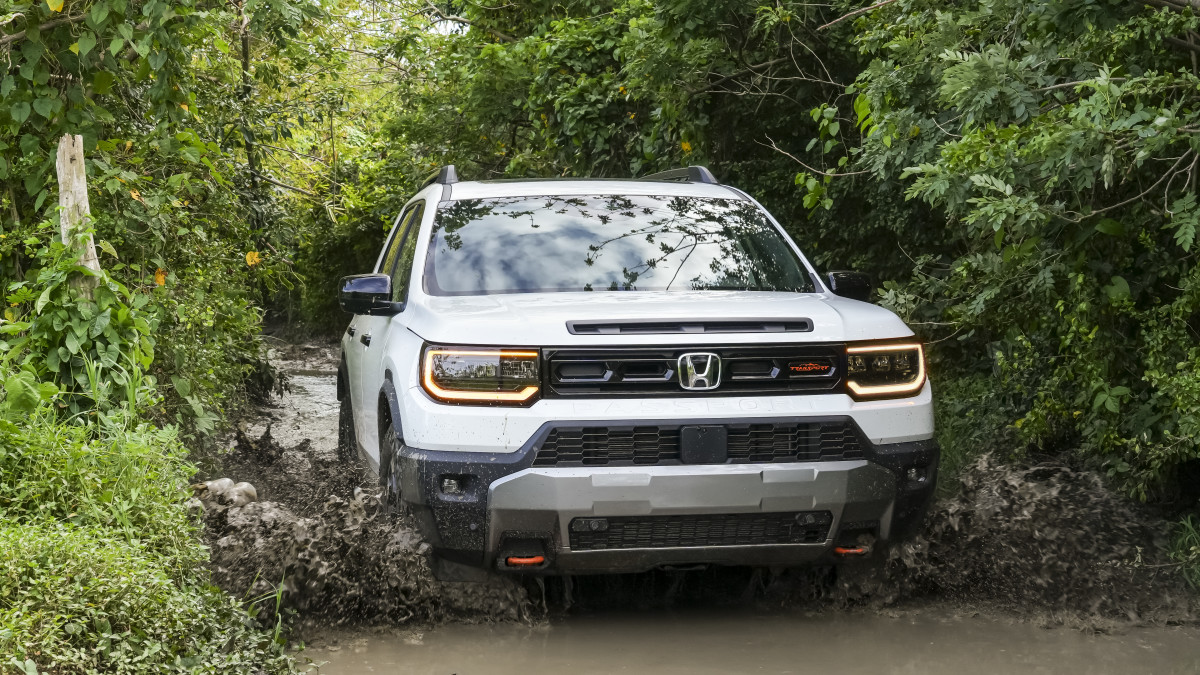
From Roads to Runways
This achievement ties into Honda’s broader sustainability strategy, which spans cars, motorcycles, and now aviation. While the company’s automotive division is known for its efficient hybrids and growing EV lineup, its aircraft arm is proving that decarbonization extends beyond the road.
In the automotive world, Honda continues to sharpen its lineup through smart differentiation. As the Honda Passport Vs. Honda Pilot explains, even its SUVs are being tailored for efficiency and purpose. Similarly, the Honda HR-V Vs. Honda CR-V piece shows how the brand fine-tunes powertrains and space optimization, lessons that extend naturally into aircraft design.
The HondaJet’s Over-The-Wing Engine Mount (OTWEM) configuration, for instance, maximizes aerodynamic efficiency and cabin space while lowering drag, an engineering mindset shared with its most advanced vehicles.

Honda’s Broader Green Vision
SAF adoption is part of Honda’s multi-pronged approach to reaching carbon neutrality by 2050. Beyond aviation, the company is focusing on hybrid refinement and EV scalability, with models like the CR-V serving as key transition points. The automaker’s ongoing comparison testing, including Honda CR-V vs Hyundai Tucson, shows how its efficient hybrid and plug-in variants are keeping the brand competitive in the crossover segment.
In aviation, Honda is applying similar logic, targeting meaningful gains within existing product lines rather than developing entirely new aircraft. This incremental, data-driven strategy keeps costs down while advancing sustainability at a realistic pace.

Why It Matters
For the aviation industry, Honda’s successful 100% SAF flight could accelerate regulatory acceptance for light business jets and inspire other manufacturers to validate smaller turbine platforms. For Honda as a company, it reinforces a brand identity built on efficiency, innovation, and real-world application.
While many automakers are still experimenting with electrification in ground transport, Honda has now demonstrated carbon-reduction leadership above it, literally. The same engineering precision that separates its SUVs, crossovers, and hybrids is now propelling the HondaJet toward a more sustainable sky.
via Autoblog https://ift.tt/Jm3q1FW
October 18, 2025 at 10:15AM

